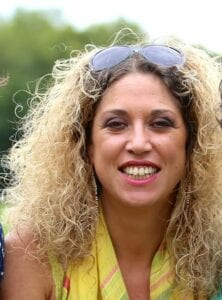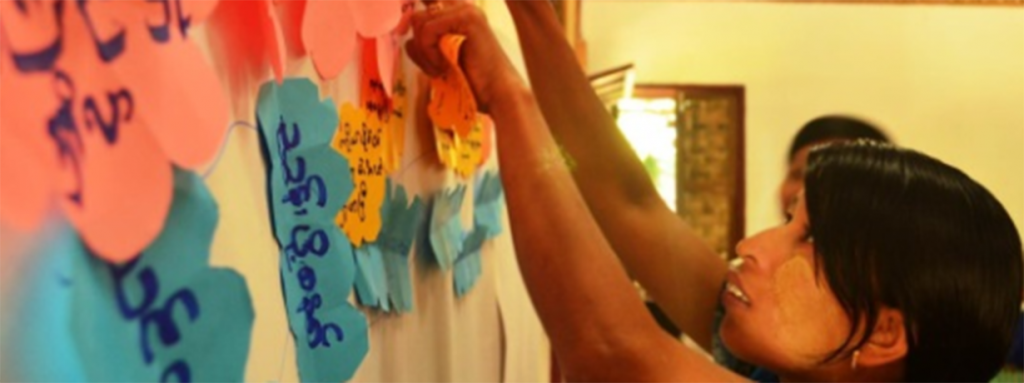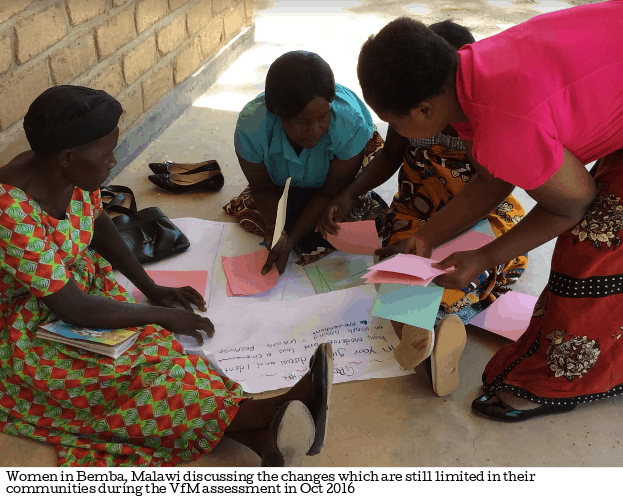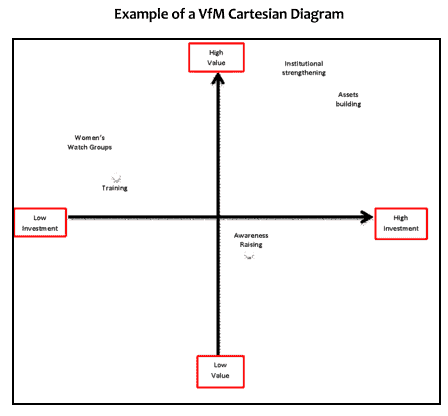Author: Francesca D’Emidio
INTRODUCTION
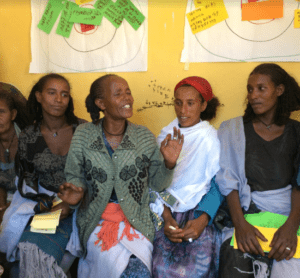
In response, ActionAid committed to understanding how the concept of VfM might be used in a human rights based organization that works to empower the most vulnerable and excluded, in particular women, in very remote areas.
MATERIALS AND METHODS
ActionAid delivered a VfM Pilot Project to come up with its own understanding of VfM and develop appropriate measurement methodologies. We developed an alternative approach to VfM, building on practice, learning-by-doing with ActionAid frontline staff, partner staff and the women and men we work with on the ground.
We believe that the value of a programme can be judged by how much social change it has generated and the communities themselves can best assess this value. Hence, VfM analysis intends to respond to the following questions:
– What is changing as a result of ActionAid’s work and what is not changing as much?
– Which areas are worth the investment?
– What does ActionAid need to do differently in the future?
To respond to these, we developed a set of participatory tools[1] to enable discussions with the communities about the VfM of our work. The assessment of VFM works by analysing with communities the changes that they observed in the community and relating these to cost levels (high, medium and low) to discuss the following questions and provide recommendations:
– If you were to go back would you suggest that the programme does these actions again?
– How could we have spent less?
– Are the changes we have achieved good enough?
– How would you plan the investment?
– How do you think we should structure our work to achieve more results?
Findings are then summarized in a VfM Cartesian Diagram that allows them to be visualized and discussed to feed into corrective action, when necessary.
RESULTS & DISCUSSION
Our approach to VfM went beyond the analysis of operational systems. We empowered community members to assess the VfM of programmes using participatory methods.
In this way, we used VfM as an opportunity to critically reflect and question our work, to understand whether our investments were generating the best possible changes for people living in poverty.
We aimed to develop an approach that could be adopted by our frontline staff and partners. The tools developed are simple to use, but rigorous and accurate. This ensures that they can be used regularly by our frontline staff to feed into course corrections of improvements of their work.
The main aim of VfM in ActionAid is to foster learning and enable a constant improvement in our work to achieve more and deeper impact. VFM is also part of our wider accountability agenda, linked to both our commitment to being transparent about our programming and decision-making, as well as being accountable for how we assess our successes and how we learn to improve our work.
———————————————————————————————————————————————-
[1] With the support of the Participatory Action Research expert Daniel Buckles https://www.sas2.net/our-team
———————————————————————————————————————————————-
ACKNOWLEDGMENTS
The VfM Pilot Project was funded by the UK Department for International Development (DFID)
REFERENCES
Chevalier, Jacques M. and Buckles, Daniel J. (2013), Participatory Action Research: Theory and methods for engaged enquiry, Routledge
